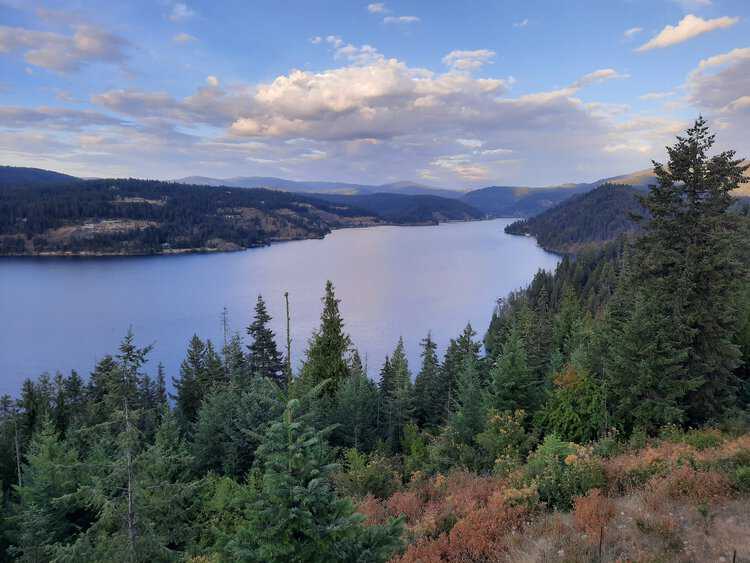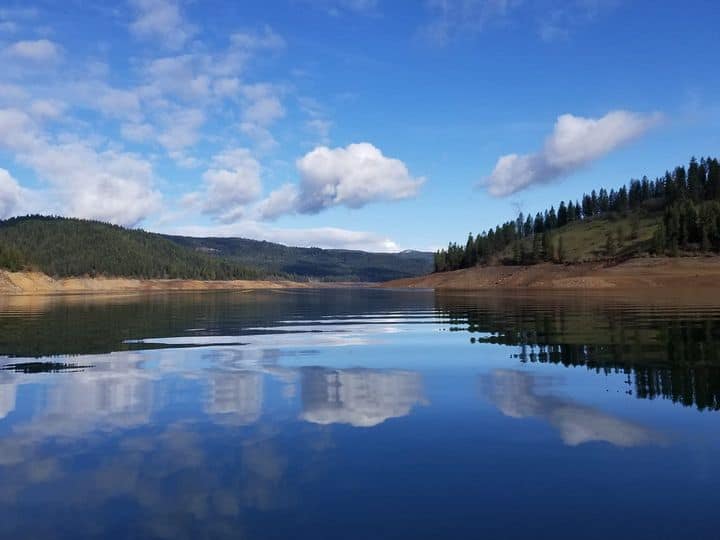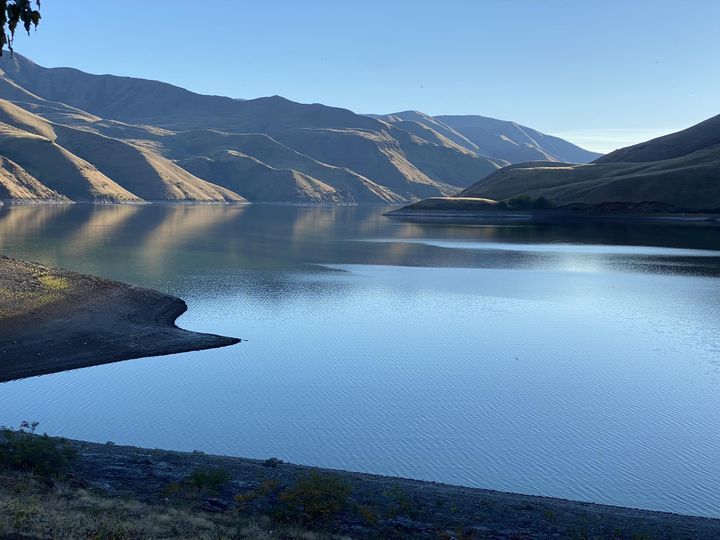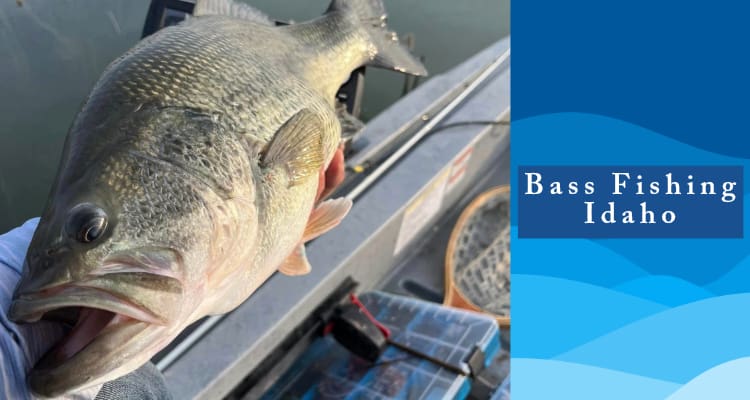Bass fishing in Idaho offers both novice and experienced anglers a thrilling fishing experience, with the state hosting a variety of bass species including Largemouth Bass, Smallmouth Bass, and even some opportunities for catching Spotted Bass. Idaho’s diverse aquatic environments, from its calm, vegetated lakes to its flowing rivers, provide ideal habitats for bass, making it a great destination for bass fishing enthusiasts.
Best Locations for Bass Fishing in Idaho
Idaho is not only famous for its trout fishing but also offers exceptional bass fishing opportunities. Here are some of the top destinations for bass anglers in the state:
Lake Coeur d’Alene
Lake Coeur d’Alene is a premier destination for Smallmouth Bass fishing. The lake’s clear waters and abundant rocky structures provide perfect habitats for Smallmouth. The northern and southern ends of the lake, especially around the bays and rocky points, are hotspots for anglers. Additionally, Largemouth Bass can be found in the lake’s weedy bays and along the shoreline.

C.J. Strike Reservoir
C.J. Strike Reservoir offers a diverse fishery, including both Largemouth and Smallmouth Bass. The reservoir’s varied habitat, with its mix of rocky areas, drop-offs, and vegetated flats, caters to both species. The Snake River arm and the Bruneau arm are particularly productive for bass fishing, with spring and early summer being the best times to target these areas.

Dworshak Reservoir
Dworshak Reservoir is renowned for its Smallmouth Bass fishing. The reservoir’s steep rocky banks, submerged structures, and clear waters make it an ideal habitat for Smallmouth Bass. Fishing near the dam and along the reservoir’s many arms can yield excellent results. The reservoir also offers the chance to catch large Smallmouth Bass.

Brownlee Reservoir
Brownlee Reservoir, located on the Snake River along the Idaho-Oregon border, is a hotspot for both Smallmouth and Largemouth Bass. The reservoir’s vast structure, including rocky points, mudflats, and submerged wood, provides excellent fishing opportunities. The Powder River arm is especially known for its Smallmouth Bass fishing, while the coves and backwaters offer great spots for Largemouth Bass.

Bass Fishing Seasons in Idaho
Here’s an overview of the bass fishing seasons in Idaho:
Spring (March – May)
The pre-spawn and spawn periods in spring are among the best times to fish for bass. As water temperatures rise, bass move to shallower waters to feed aggressively before spawning, making them more accessible. Look for bass in shallower bays, near structures like docks, and in vegetated areas.
Summer (June – August)
After spawning, bass often retreat to deeper, cooler waters during the hottest parts of the day. Early mornings and late evenings are the best times to fish during summer. Focus on deeper structures, drop-offs, and shaded areas where bass seek refuge from the heat.
Fall (September – November)
Fall offers excellent bass fishing as water temperatures begin to cool and bass increase their feeding activity to prepare for winter. This is a great time to fish with a variety of lures as bass can be found in both shallow and deep waters. Look for areas where baitfish are congregating.
Winter (December – February)
While bass fishing can slow down in winter, especially in northern Idaho where waters can freeze, mild winters in southern parts of the state can still provide good fishing opportunities. Bass become less active in cold water, so slow down your presentation and focus on deep water areas where bass tend to congregate.
Tips To Catch Bass In Idaho
- Opt for a medium-action spinning rod and reel combo, which is versatile enough for casting a wide range of lures and baits suitable for bass.
- Start with 6-10 pound test monofilament line, which is forgiving for beginners and suitable for various bass fishing techniques.
- Soft plastic baits, such as worms or creature baits rigged on a size 2/0 to 4/0 worm hook, are effective and easy to use. Texas rig or wacky rig these for weedless presentations.
- Spinnerbaits and crankbaits are also beginner-friendly lures. They cover a lot of water and are great for enticing bass in different conditions.
- To setup a hook for live bait, thread the hook through the bait (such as a minnow or worm) so it is securely on the hook but still moves naturally.
- Use a simple improved clinch knot to tie your hook or lure to the line. This knot is strong and works well with monofilament line.
- For live bait fishing, a float or bobber can help suspend your bait at the desired depth and provide a visual bite indicator.
- Fish early in the morning or late in the evening when bass are most active, especially during the warmer months.
- Pay attention to the water temperature and season, as these will influence bass behavior and preferred habitat.
- Practice catch and release when possible, using barbless hooks or carefully removing the hook to ensure the health and safety of the bass population.

